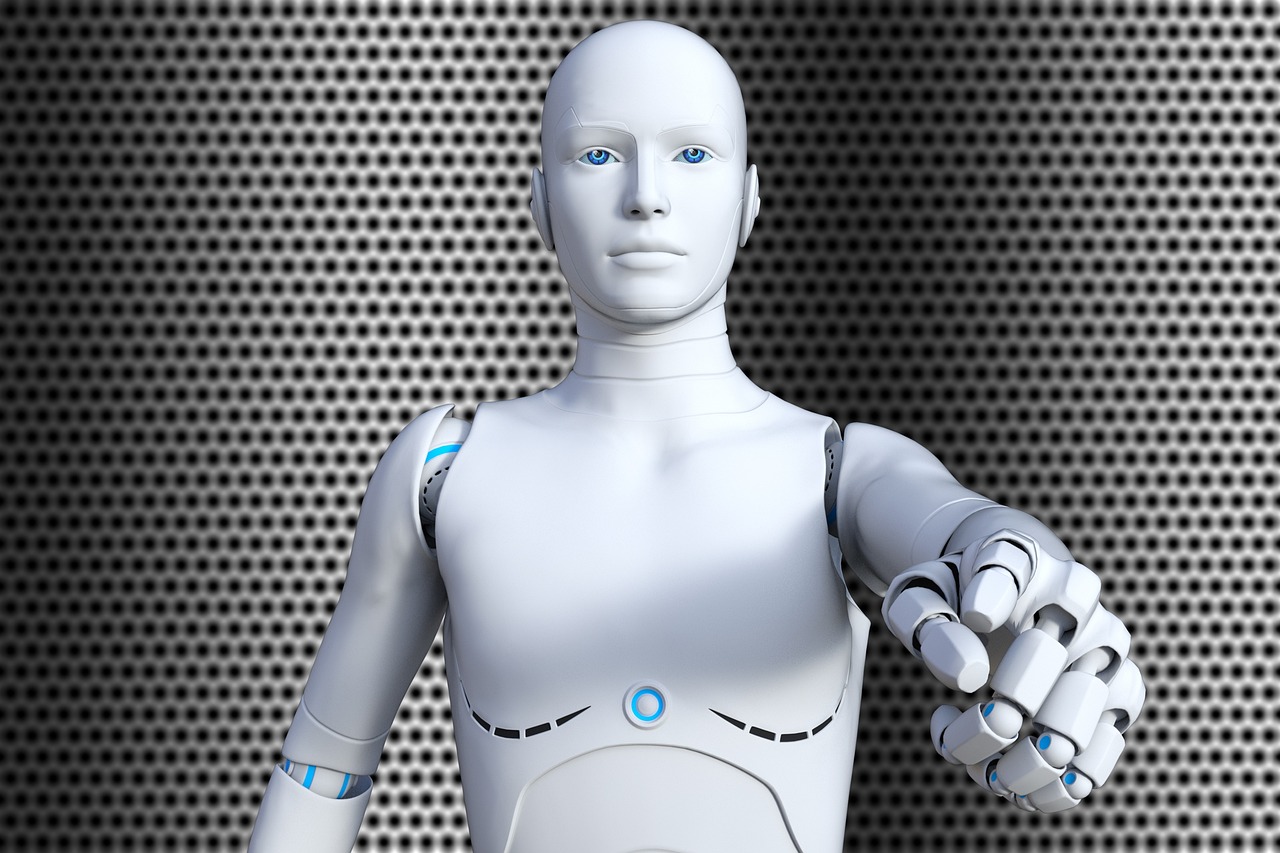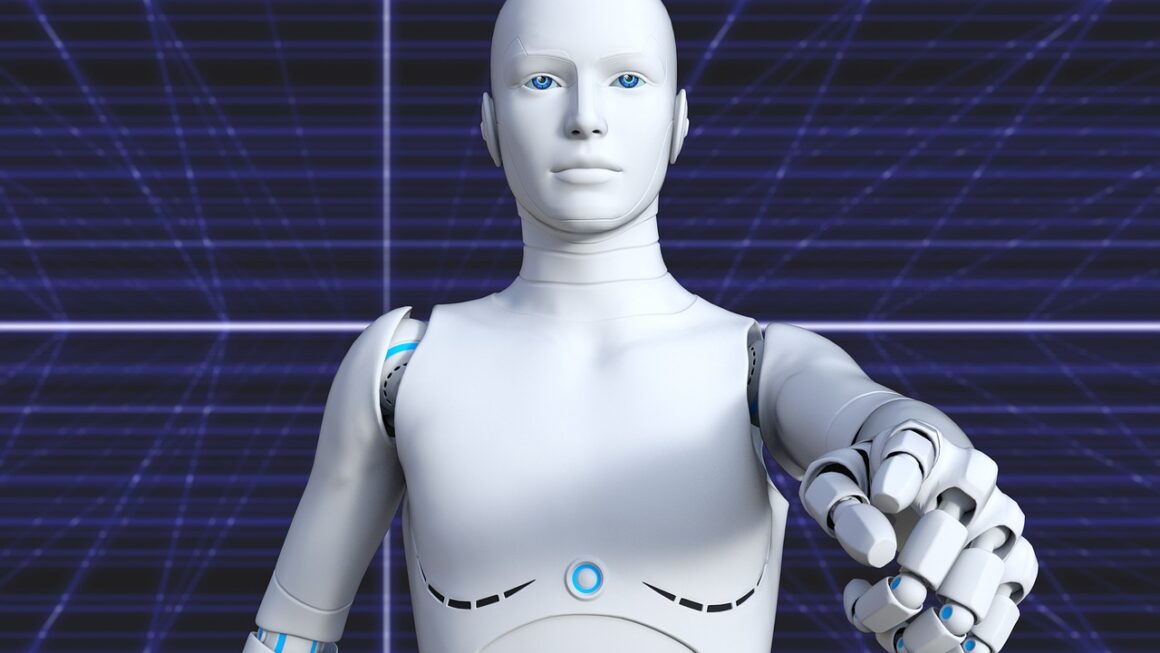The world is increasingly driven by voice. From dictating emails to controlling smart home devices, speech recognition technology is rapidly transforming how we interact with machines. But how does this fascinating technology work, and what are its potential applications and limitations? This blog post delves deep into the realm of speech recognition, exploring its evolution, core components, diverse applications, and the challenges it faces in achieving perfect accuracy.
What is Speech Recognition?
Speech recognition, also known as Automatic Speech Recognition (ASR), is the ability of a machine or program to identify words and phrases spoken aloud and convert them into a machine-readable format. This essentially bridges the gap between human language and computer understanding. It’s important to differentiate speech recognition from voice recognition, which focuses on identifying who is speaking rather than what they are saying.
History of Speech Recognition
The journey of speech recognition has been a long and fascinating one:
- Early Days (1950s): The first speech recognition systems were extremely limited, recognizing only isolated digits.
- Dynamic Time Warping (DTW) (1960s-1970s): DTW enabled systems to better handle variations in speech speed and pronunciation.
- Hidden Markov Models (HMMs) (1980s): HMMs revolutionized the field by using probabilistic models to represent speech sounds.
- Deep Learning Revolution (2010s-Present): Deep learning, particularly recurrent neural networks (RNNs) and transformers, have significantly improved accuracy and performance.
How Speech Recognition Works: A Simplified Overview
At its core, speech recognition involves several key steps:
Key Components of Speech Recognition Systems
Understanding the inner workings of speech recognition requires familiarity with its core components:
Acoustic Models
Acoustic models are the foundation of any speech recognition system. They are trained on large datasets of speech data, mapping acoustic features to phonemes.
- Deep Neural Networks (DNNs): Are commonly used for acoustic modeling due to their ability to learn complex patterns in speech data.
- Convolutional Neural Networks (CNNs): Can be used to extract features from spectrograms of audio signals.
- Recurrent Neural Networks (RNNs): Particularly well-suited for modeling sequential data like speech, as they can remember information from previous time steps.
- Transformers: The rise of transformer architecture has had a huge impact, as they are able to model long-range dependencies in the signal with much higher accuracy.
Language Models
Language models predict the probability of a sequence of words occurring together. They ensure that the speech recognition output is grammatically correct and contextually relevant.
- N-gram Models: Simple statistical models that predict the probability of a word based on the preceding n-1 words.
- Recurrent Neural Network Language Models (RNNLMs): More sophisticated models that can capture longer-range dependencies than N-gram models.
- Transformer Language Models: Large transformer-based language models, such as BERT and GPT, have achieved state-of-the-art performance in language modeling.
Feature Extraction
This initial step involves converting the raw audio signal into a set of features that can be used by the acoustic model.
- Mel-Frequency Cepstral Coefficients (MFCCs): A widely used feature extraction technique that captures the spectral envelope of speech.
- Filter Banks: Represent the energy in different frequency bands.
- Raw Waveform: New advances allow direct modelling from raw waveform with convolutional neural networks.
Applications of Speech Recognition
Speech recognition has found its way into numerous applications across various industries:
Voice Assistants
One of the most prominent applications is in virtual assistants like Siri, Alexa, and Google Assistant. These assistants use speech recognition to understand voice commands and perform tasks.
- Example: “Alexa, play my favorite playlist.”
- Example: “Hey Siri, set a timer for 15 minutes.”
Dictation Software
Dictation software allows users to convert spoken words into text, enabling hands-free typing and improving productivity.
- Dragon NaturallySpeaking: A popular dictation software used in various professional settings.
- Google Docs Voice Typing: A free and accessible dictation tool integrated into Google Docs.
Customer Service
Many companies use speech recognition in automated customer service systems.
- Interactive Voice Response (IVR): Directs callers to the appropriate department based on their spoken requests.
- Chatbots: Respond to customer inquiries using natural language processing, which often includes speech recognition.
Healthcare
Speech recognition is used in healthcare for:
- Medical Dictation: Doctors and nurses can use speech recognition to dictate patient notes and reports.
- Transcription Services: Converting recorded medical lectures and interviews into text.
Accessibility
Speech recognition provides accessibility solutions for individuals with disabilities:
- Voice Control: Enables users with motor impairments to control computers and devices using voice commands.
- Real-time Captioning: Converts spoken words into text in real-time, benefiting individuals who are deaf or hard of hearing.
Challenges and Limitations
Despite significant advancements, speech recognition still faces several challenges:
Accuracy in Noisy Environments
Background noise can significantly degrade the accuracy of speech recognition systems.
- Challenge: Filtering out background noise while preserving the integrity of the speech signal.
- Solution: Using noise cancellation algorithms and training models on noisy data.
Accents and Dialects
Different accents and dialects can pose a challenge for speech recognition systems.
- Challenge: Variations in pronunciation and vocabulary across different regions.
- Solution: Training models on diverse datasets that include a wide range of accents and dialects.
Homophones and Contextual Understanding
Speech recognition systems can struggle with homophones (words that sound the same but have different meanings) and require contextual understanding to accurately interpret speech.
- Example: “To,” “too,” and “two” sound identical but have different meanings. The system needs to understand the context to choose the correct word.
- Solution: Using language models that consider the context of the sentence.
Low-Resource Languages
Developing speech recognition systems for low-resource languages (languages with limited data) is challenging due to the lack of training data.
- Challenge: The cost and time required to create large speech datasets for every language.
- Solution: Using transfer learning techniques, where models trained on high-resource languages are adapted to low-resource languages.
Conclusion
Speech recognition has evolved from rudimentary systems to sophisticated tools that power a wide range of applications. While challenges remain, ongoing research and development in areas like deep learning and data augmentation promise even more accurate and robust speech recognition systems in the future. As voice interfaces become increasingly prevalent, the importance of speech recognition technology will only continue to grow, shaping the way we interact with technology and the world around us.




